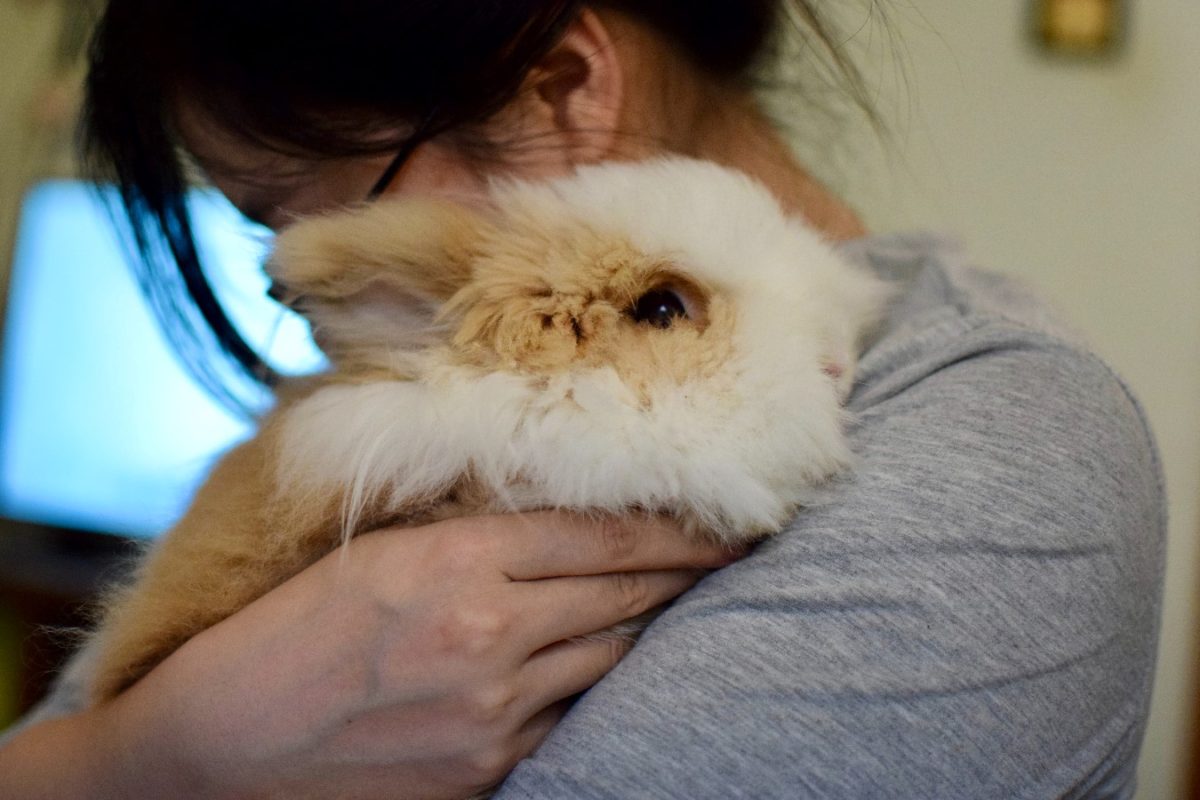Everything, Children
Rabbits as Pets?
They’re cute, entertaining, expressive, sociable, and affectionate. They don’t bark or meow. They don’t need to be taken for walks.
Are rabbits perfect pets? For some people, yes. But like dogs and cats, rabbits require daily care. Rabbits are healthiest and happiest when they live with people who understand and can accommodate their needs.
What to expect with a pet rabbit
- Lifespan Rabbits typically live up to 10 years although some live up to 15 years.
- Size Dwarf breeds are only two to four pounds, while larger breeds can be up to 12 pounds or even larger.
- Dietary needs Rabbits eat fresh produce, hay, and rabbit pellets. Some plants are poisonous for rabbits.
- Attention While most rabbits enjoy being petted, they don’t like being picked up and carried. The ground is their comfort zone.
- Exercise Like dogs and cats, rabbits need daily exercise. They are not happy being left in a pen all the time.
- Grooming Long-haired rabbits require daily grooming.
- Veterinary care Rabbits have rabbit-specific needs, so they need veterinarians who are experienced with treating rabbits.
Indoors or outdoors?
Rabbits can live in the house with the family or in a secure outdoor hutch. Or both, depending on the climate where you live.
Indoors, rabbits should have a roomy cage and be allowed out when someone is there to watch them. Rabbits’ teeth never stop growing, so they need to chew to prevent their teeth from becoming overgrown. If not watched, rabbits will gnaw on everything from furniture legs to electrical cords. Providing rabbits with rabbit gnawing blocks, gnaw bones, or untreated fruit tree branches allows them to chew on something safe without causing damage.
Some rabbits grasp the idea of using a litter box fairly quickly, while others need time, patience, and help understanding what’s expected of them.
Outdoor hutches should be fenced on all sides and the top, out of direct sunlight, and big enough for rabbits to move around in. Wire fencing should be on the bottom as well or buried to about a foot below ground along the perimeter of the hutch. Part of the hutch should have walls and a roof to provide shelter and warmth.
How many rabbits?
Rabbits are social creatures that live together in the wild. They are lonely without at least one other rabbit for company.
Males that live together should be from the same litter and should be neutered to reduce the chances of fighting. Some males fight with other males even after they’re neutered; they may get along better with females. Females from the same litter will have already bonded.
Rabbits and children
Children who are at least about nine years old generally make better caregivers for rabbits than younger children do. Rabbits are frightened easily, they don’t like to be picked up, and they can become injured if they struggle or are dropped. In addition, the noise that children make can be stressful for rabbits unless the children learn to be quiet around them.
No matter the age of the children, the parents will probably end up taking care of pet rabbits at some point. As with other pets, children may forget to give the rabbits the care and attention they need. When the children grow up and leave home, pet rabbits probably won’t go with them. Parents should be prepared to take care of the pets even if the children are responsible for them.
Rabbits or bunnies?
While bunnies may be what you want to adopt, consider adopting mature rabbits from a rescue organization. Grown rabbits are already socialized to living with people, and their personalities are known. You’ll be able to adopt a pet that will be a good fit with you. You’ll also be saving lives and giving rabbits in need a real home again.
To find a rabbit rescue organization in your area, see these pages:
- Rabbithaven.org: Shelters and Rescue Organizations by State
- House Rabbit Society: Independent Rabbit Rescue Groups


